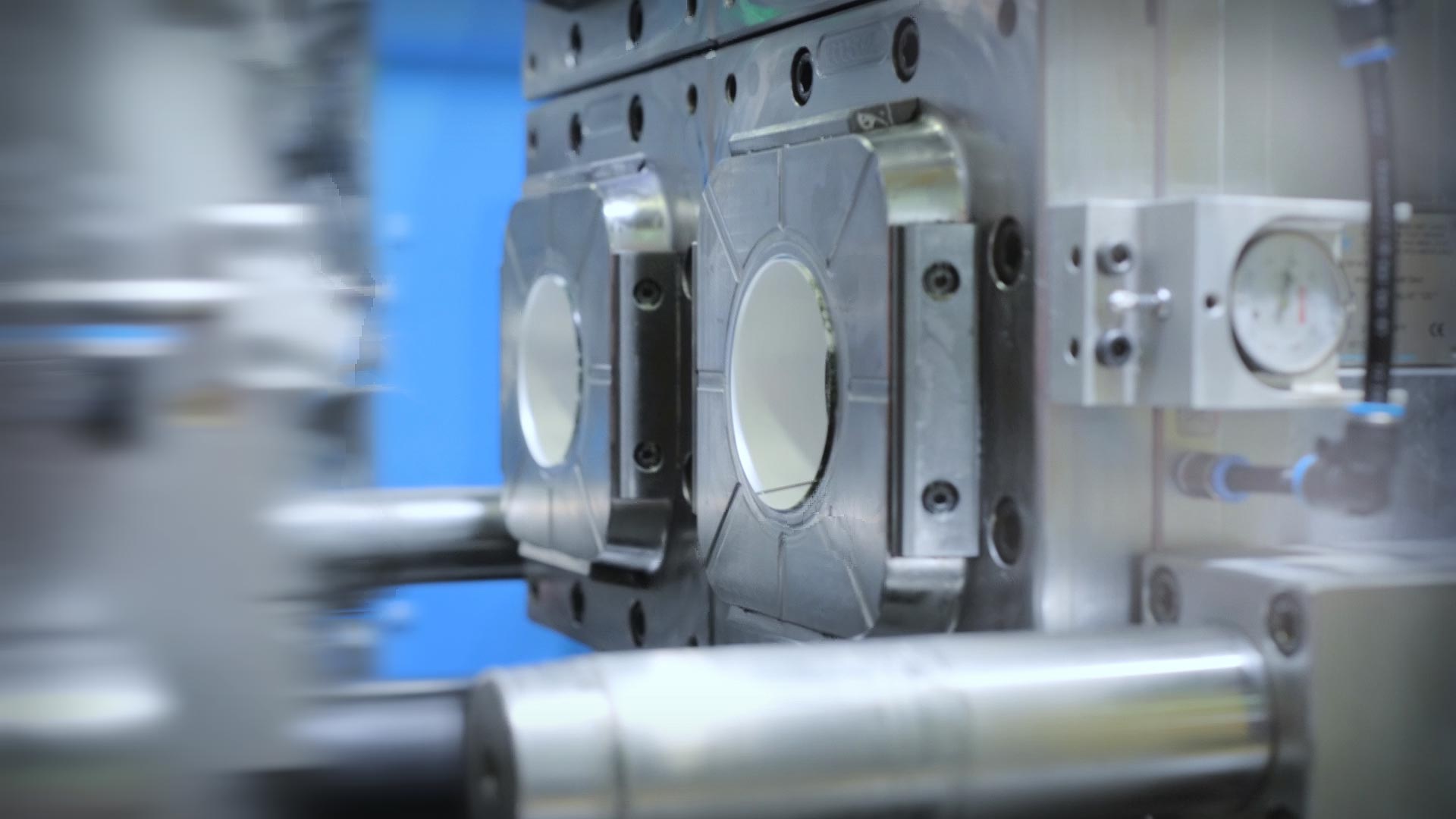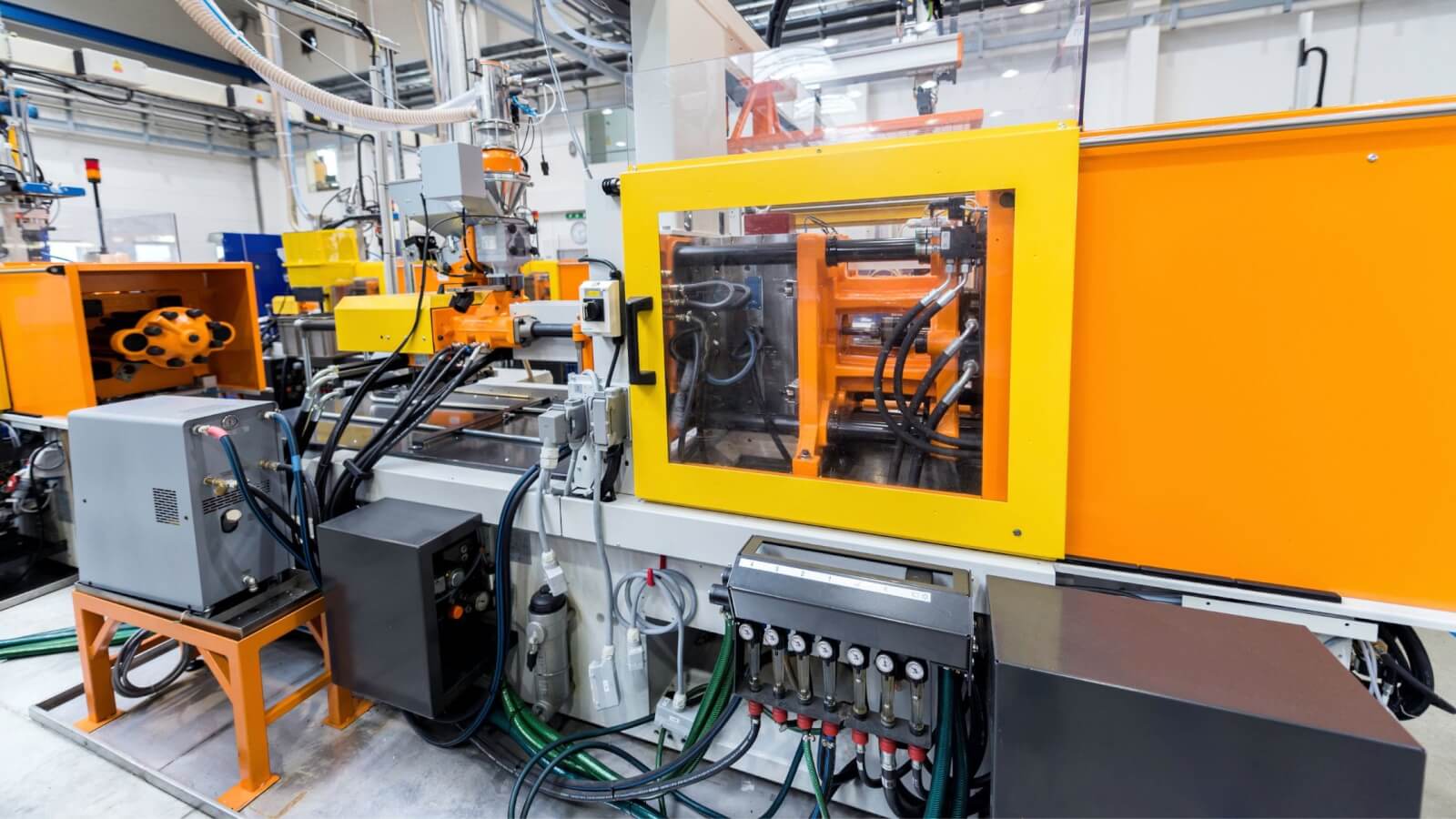Exactly How Plastic Injection Molding Drives Efficiency in Automation
Exactly How Plastic Injection Molding Drives Efficiency in Automation
Blog Article
Understanding the Essentials of Plastic Shot Molding Procedures
Plastic shot molding serves as a foundation of contemporary manufacturing, offering a methodical method to producing complex components with precision. Checking out these necessary components can reveal how even minor adjustments can lead to significant renovations in manufacturing results, raising inquiries concerning the capacity for innovation in this established process.
What Is Plastic Injection Molding?
Plastic shot molding is a widely made use of production process that changes thermoplastic and thermosetting materials into specific and complicated shapes. This technique is favored for its capability to produce high quantities of similar components with extraordinary precision, making it a vital technique in different sectors, including automotive, durable goods, and medical tools.
The process includes thawing the picked plastic material and injecting it right into a mold and mildew under high stress. The mold, developed to the specs of the wanted part, enables the liquified plastic to form as it strengthens and cools. When the material has solidified, the mold and mildew is opened, and the ended up part is ejected.
Plastic injection molding supplies several benefits, consisting of reduced waste, consistency in manufacturing, and the capacity to include intricate designs that may be challenging with other producing techniques. Furthermore, it sustains a wide series of products, each giving unique properties that can be tailored for certain applications. As markets remain to introduce, plastic injection molding stays at the leading edge, making it possible for the growth of sophisticated items that fulfill evolving customer demands.
The Injection Molding Process
The shot molding procedure is a sophisticated method that entails a number of essential phases to create high-quality plastic components. Plastic pellets are fed into a warmed barrel where they are melted into a thick fluid. This molten plastic is after that infused under high pressure right into a precision-engineered mold, which shapes the material right into the wanted type.
Once the mold and mildew is filled, the plastic is allowed to solidify and cool, taking the form of the mold cavity. Cooling time is important, as it impacts the cycle time and the final residential or commercial properties of the shaped component. After sufficient air conditioning, the mold opens, and the completed component is expelled utilizing ejector pins.

Materials Utilized in Injection Molding
Numerous materials can be utilized in the injection molding process, each offering one-of-a-kind residential properties that satisfy details applications. One of the most typically utilized materials include thermoplastics, thermosetting plastics, and elastomers.

Thermosetting plastics, like epoxy and phenolic materials, undergo a chemical adjustment during the treating procedure, resulting in an inflexible, stringent structure. These materials are ideal for applications requiring high warmth resistance and structural stability, often used in vehicle parts and electrical insulators.
Elastomers, consisting of silicone and rubber-based materials, offer adaptability and strength. Their unique buildings make them suitable for applications that demand flexibility, such as seals and gaskets.
Additionally, specialty materials like bio-based plastics and compounds are obtaining grip for their environmental advantages and improved performance attributes, widening the range of shot molding applications in numerous sectors. Understanding the buildings of these materials is important for choosing the proper kind for particular jobs.
Benefits of Injection Molding
Injection molding stands out as an extremely effective manufacturing process that supplies numerous benefits for generating complicated parts with precision. One of resource the most substantial benefits is the capability to produce intricate designs that would certainly be impossible or challenging to accomplish with various other techniques (Plastic Injection Molding). The process enables for tight tolerances and detailed attributes, ensuring high-quality components
Furthermore, injection molding is understood for its rapid manufacturing capacities, making it a suitable option for high-volume manufacturing. Once the mold is created, components can be produced promptly, lowering preparations and increasing total efficiency. This efficiency not just reduces manufacturing expenses however additionally supplies an one-upmanship in the marketplace.
The flexibility of products utilized in shot molding additionally enhances its allure. A vast array of thermoplastics and thermosetting polymers can be utilized, permitting producers to pick materials that finest meet their details requirements, consisting of heat, stamina, and adaptability resistance.
Moreover, the procedure reduces waste, as official website excess product can usually be recycled and recycled. This sustainability facet contributes to a lowered environmental impact, making shot molding a liable manufacturing choice. In general, the benefits of shot molding make it a preferred technique for lots of markets.
Aspects Influencing Item Top Quality
While many variables can influence product quality in injection molding, comprehending these aspects is vital for attaining optimum results. Key aspects include product selection, processing parameters, and mold layout.
Material selection plays an important function, as different polymers exhibit distinct properties that affect flowability, strength, and thermal Continue security. Poor product selection can cause problems such as bending or incomplete filling.
Handling criteria, including pressure, temperature, and cycle time, have to be diligently regulated. Variants in these settings can cause incongruities partially measurements and surface area finish. For example, exceedingly high temperature levels may create destruction of the polymer, while insufficient pressure can result in brief shots.
Mold layout is similarly crucial, as it figures out the flow of the molten plastic and the cooling procedure. Improperly designed molds might cause uneven air conditioning rates, resulting in recurring anxieties and dimensional inaccuracies.

Final Thought
In verdict, plastic shot molding acts as a critical manufacturing process that makes it possible for the reliable production of top quality elements. Mastery of the shot molding process, including the understanding of materials and the impact of different variables on item top quality, is crucial for attaining ideal outcomes. The advantages of this method, such as cost-effectiveness and design adaptability, additional highlight its importance across numerous markets, strengthening its condition as a preferred selection for high-volume manufacturing.
Plastic injection molding offers as a keystone of contemporary production, offering a methodical approach to generating complicated components with accuracy.Plastic injection molding offers numerous advantages, consisting of lowered waste, uniformity in manufacturing, and the ability to include elaborate styles that may be challenging with other manufacturing approaches (Plastic Injection Molding). As markets continue to innovate, plastic injection molding remains at the leading edge, enabling the growth of advanced items that satisfy evolving customer needs
The shot molding process is an innovative method that involves a number of key phases to generate top notch plastic components.In verdict, plastic injection molding offers as a crucial production procedure that makes it possible for the efficient manufacturing of high-quality elements.
Report this page